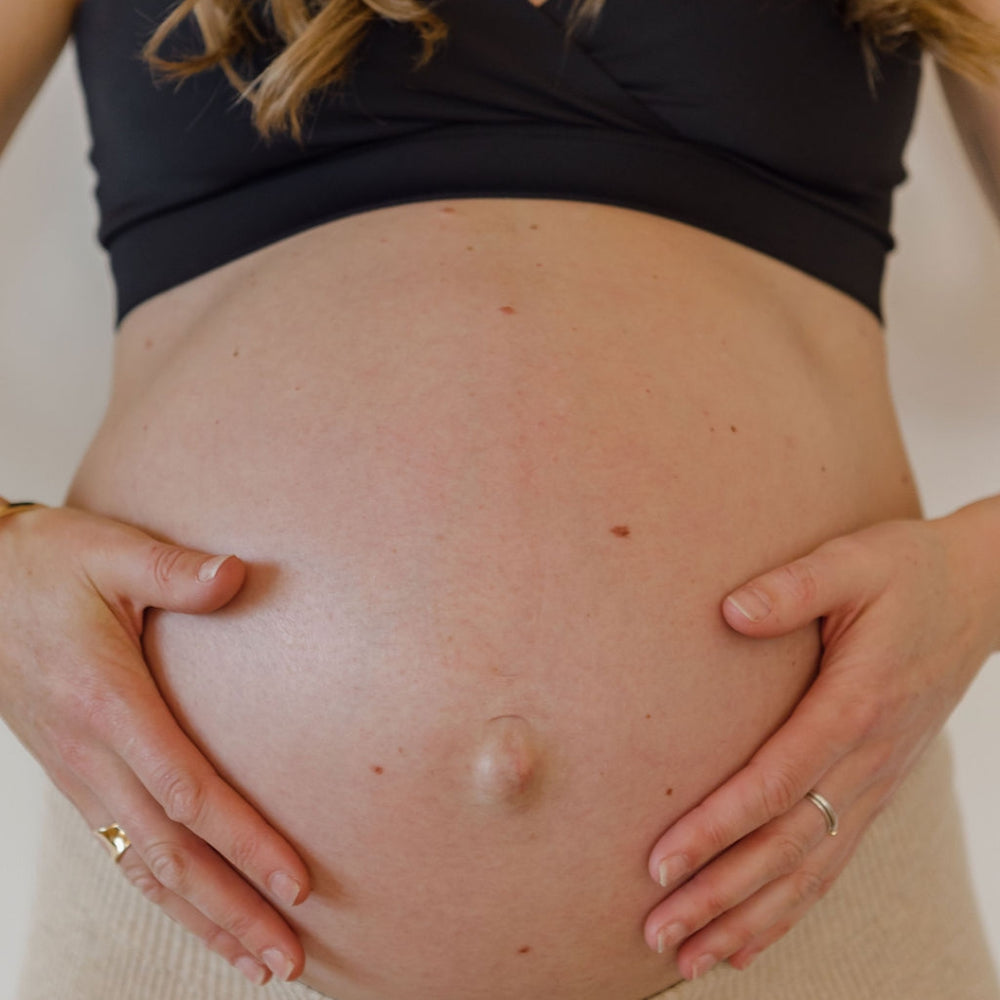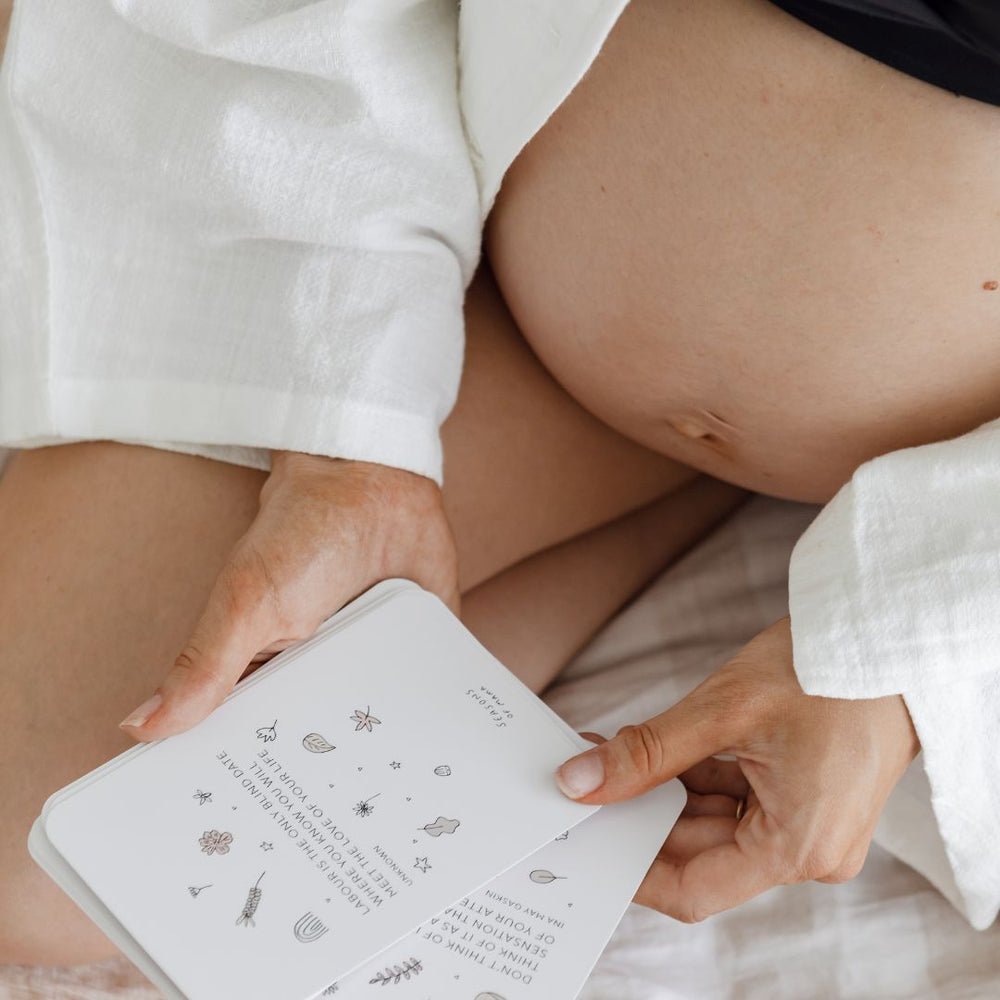The first ultrasound has been done, you’ve had your first moments hearing baby’s heartbeat, and that bump is starting to make itself known. Exciting times lie ahead mama-to-be, you’ve reached the second trimester of pregnancy.
By now you might be getting ready to tell extended family and friends the good news, and along with the congratulations from your social village also comes a lot of advice.
But remember, no one pregnancy is the same, and what you’re experiencing now could vary differently from what friends, family, and even yourself in past pregnancies have gone through. So whether this is your first time around or your third, here’s a little bit about what to expect during the second trimester of pregnancy.
And if your journey feels a little different (as it very well may), keep in touch with your local pregnancy care team to go through your specific circumstances.
When does the second trimester officially start?
The second trimester of pregnancy runs from week 13 of your pregnancy through to week 26. It’s longer than the first trimester (and not just because you only found out you were pregnant at six weeks), spanning across 14 weeks.

What are second-trimester symptoms?
For most women, the biggest sign they are approaching the second trimester is the fading away of morning sickness and first-trimester exhaustion as your hormones begin to regulate. If you’re one of the 70% of women who experience morning sickness during pregnancy, you can likely expect this to ease off between weeks 13 and 17.
But remember, trust your gut. And if your gut is still wreaking havoc on your lifestyle, with daily vomiting and nausea, then check in with your medical care team. Some women do experience second-trimester morning sickness, but it could also be a sign of a more serious condition like Hyperemesis Gravidarum (HG).
HG manifests as severe vomiting and nausea and impacts 2% of pregnant women. It can have a huge impact on your day-to-day life (as we, unfortunately, know firsthand), and can also dampen the excitement that comes with pregnancy and how you feel about your little one. If you think you might have HG, be sure to contact your doctors and midwives about what physical and mental support you might need. You can read more at Hyperemesis Australia or experience the understanding of a village of fellow HG sufferers on the You, Me & HG Podcast.
Many women can also experience indigestion, nasal congestion, changes to the skin, gum sensitivity, an increase in vaginal discharge, and leg cramping during the second trimester. You may continue to feel round ligament pain or period-like cramps as your uterus expands and gets heavier, but contact your GP if you’re concerned about the severity of this. And keep an eye out for UTIs and any suspicious-looking discharge that could indicate an infection.
You may also feel less exhausted during the second trimester, but before you ramp your workload up again, remember that rest and relaxation are also key. You may find that you don’t have the same energy levels you had prior to pregnancy, and that’s ok. In fact, it’s expected. If you constantly feel like you’ve just run a marathon after doing the smallest task, that’s because your body is pushing itself to the same limits as endurance athletes. So give yourself permission to stay on the couch a little bit longer.

What happens during the second trimester?
By week 13 your baby bump will likely be visible, and it’s only going to get bigger as your uterus continues to expand. And while most of this space will be taken up by the placenta, which is bigger than your fetus, around week 21 your baby’s weight and growth will take over.
When it comes to what happens to the baby during the second trimester, they’ll have developed all their organs and systems and will start to increase in length and weight over the coming months. Fat will begin to accumulate, their brain will start developing even further, details like hair, fingerprints, and fingernails will start to grow, and their eyes and ears will begin to move into place on their head.
But what’s more exciting are the ways your little one will start being able to respond throughout their development. During the second trimester, your baby will start to hear your voice and develop reflexes like swallowing and sucking. And, of course, they’ll be able to move those little arms and legs and turn from side to side. You might start feeling flutters of movement around week 16 (though this is usually later for first-time mums) and by week 24 those movements may start to feel more like internal rolls or tumbles.

Second trimester do’s and don’ts
As your pregnancy journey continues, we know that the list of questions you have will increase. Here are some of the most common second-trimester questions we hear from new or returning mums.
Is the second trimester better than the first?
Most women say that the second trimester is better than the first, particularly if they have experienced early morning sickness. The risk of complications is lower, and you may feel less nauseous, be able to sleep better, and have more energy throughout the day. However, if you continue to feel unwell and vomiting is impacting your day-to-day life, make sure you chat with your pregnancy care team about the possibility that you might have Hyperemesis Gravidarum.
How to sleep during the second trimester
The safest way to sleep throughout your pregnancy is on your side. Laying on your side from 28 weeks can modify or even halve the risk of stillbirth.
Can second-trimester pregnancies travel?
Second-trimester travel is the most ideal time to plan any trips (or that babymoon!) The risk of complications is at its lowest, you may be feeling more energised, and you’re not as restricted as you will be during the third trimester. Just make sure to chat with your GP before you travel, as the risk of DVTs is higher during pregnancy, particularly for flights or periods of stationary travel over four hours.

How much exercise can you do during the second trimester?
Staying active throughout your pregnancy can be great for both your health and the health of your baby. Swap out the high-impact routine with walking, swimming, and stationary cycling to help keep your fitness up, without running the risk of falling, getting hit in the stomach, or overheating.
What can’t you eat during the second trimester?
You should avoid all foods with a high risk of listeria during pregnancy, such as deli meats, soft cheese, and salad bars. Check out this handy guide with a great traffic light system outlining some of the most common foods you can’t eat while pregnant.
Can I have a bath while pregnant?
Yes, but be wary of overheating. Keep the temperature cooler than usual and be sure to avoid other spa treatments, like hot tubs, saunas, or steam rooms.

Second trimester for dads and partners
Your birth partner may start feeling more like themselves during the second trimester, but that doesn’t mean they don’t still need your support. Be there to share the load where needed, including the mental load of appointments and scans. And hang in there, because although baby’s movements might only be felt internally, soon enough you’ll get that rush of excitement when you feel those kicks and rolls on the outside too.
Second-trimester screening in Australia
Depending on how your pregnancy journey is going, screening throughout your second trimester will vary. You may have more tests to check in on potential risks for your certain circumstances, but these are some of the most common tests for the middle of your pregnancy.
Second Trimester Maternal Serum Screening (between 13-26 weeks)
An out-of-pocket blood test that crosses over with the Combined First-Trimester and NIPT Screening to determine the chances of any chromosome differences, such as the risk of Down Syndrome. It can also look at the risk of neural tube defects such as Spina Bifida.
Second Trimester Ultrasound (between 18-20 weeks)
This ultrasound will likely be the first you’ve had since around week 12 and checks in on baby’s development. Keep an eye out for little feet, and if you’re not after a surprise you may even be able to find out the gender. Depending on your pregnancy care plan, this ultrasound may or may not be out of pocket.

Whooping cough vaccine while pregnant (between 20-32 weeks)
The whooping cough combination vaccine immunises against pertussis (whooping cough), diphtheria, and tetanus. It’s offered for free for all parents to be (including partners) under Australia’s National Immunisation Program.
Oral Glucose Tolerance Test or OGTT (between 24-28 weeks)
Usually covered to some extent by Medicare, the pregnancy glucose test detects your risk of Gestational Diabetes and often falls between the end of the second trimester and beginning of the third. You’ll need to fast and prepare to spend a few hours at the clinic here for a series of blood tests before and after consuming a glucose-based drink.
Just like the other trimesters, we’re sure this is going to be both the longest and shortest 3+ months of your life (at least, until baby is born!) Surround yourself with your village, seek advice from health professionals, and enjoy this journey where you can. You’ve got this.



